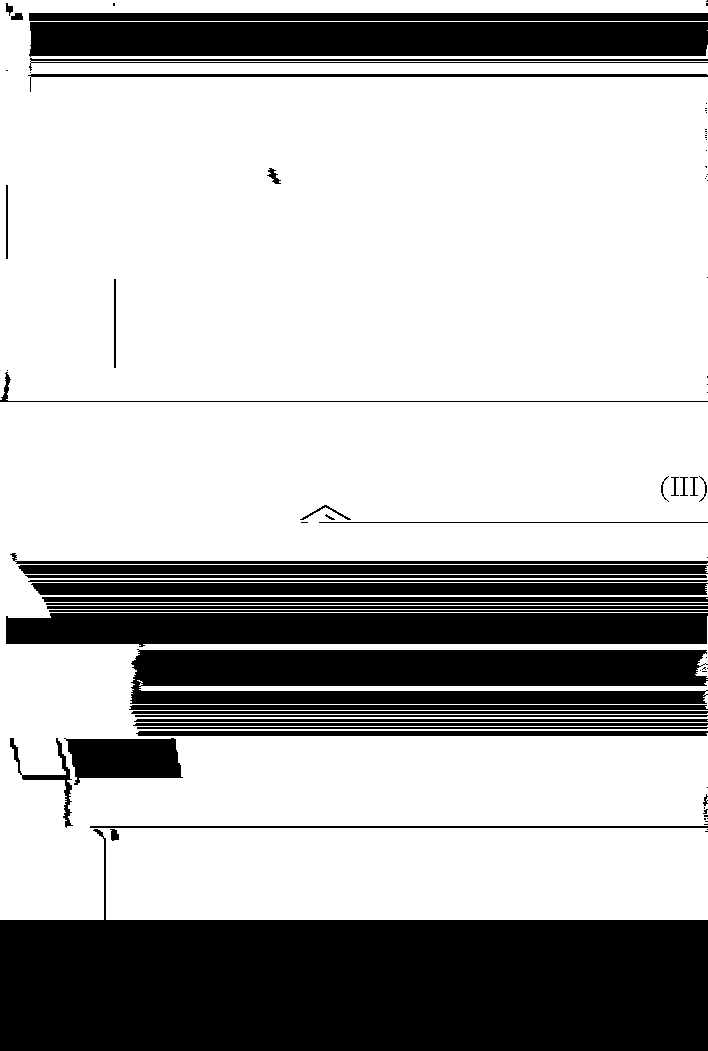Process for preparing a photochromic polymeric composition, thus obtained polymeric composition and use thereof
a polymeric composition and polymer technology, applied in the field of photochromic polymeric composition preparation, can solve the problems of poor heat resistance of naphthoxazine compound, drastic reduction of photochromic effect, and unsatisfactory color or bluish green, and achieve good heat resistance of photochromic compound
- Summary
- Abstract
- Description
- Claims
- Application Information
AI Technical Summary
Benefits of technology
Problems solved by technology
Method used
Image
Examples
example 1
[0048]Two pieces of glasses were assembled with a liquid tight gasket which had already been cleaned, and fixed with the help of a clamp, resulting in a mold, for use. The following components were uniformly mixed for 3 hours: 56.215 wt. % of E4BADMA, 37.600 wt. % of PEG400DMA, 3.000 wt. % of HEMA, 3.000 wt. % of MAA and 0.035 wt. % of REVERSACOL® GRAPHITE.
[0049]Then the resultant mixture was heated to 50° C. in order to make REVERSACOL® GRAPHITE dissolve fully. This was followed by reducing the temperature to 30° C., adding 0.150 wt. % of ADVN into the mixture, and stirring uniformly. After ADVN had been dissolved, the temperature was reduced to 25° C. Then the mixture after degassing was injected into the mold.
[0050]Then the filled mold was heated at a temperature of 25° C.-45° C. for 5 hours, then heated at 65° C. for another 5 hours and afterwards heated at 85° C. for further 5 hours. After that it was cooled to 65° C. and maintained at this temperature for 1 hour.
[0051]The mold...
example 2
[0053]Two pieces of glasses were assembled with a liquid tight gasket which had already been cleaned, and fixed with the help of a clamp, resulting in a mold, for use. The following components were uniformly mixed for 3 hours: 57.415 wt. % of E4BADMA, 38.400 wt. % of PEG400DMA, 3.000 wt. % of HEMA, 1.000 wt. % of MAA and 0.035 wt. % of REVERSACOL® GRAPHITE.
[0054]Then the resultant mixture was heated to 50° C. in order to make REVERSACOL® GRAPHITE dissolve fully. This was followed by reducing the temperature to 30° C., adding 0.150 wt. % of ADVN into the mixture, and stirring uniformly. After ADVN had been dissolved, the temperature was reduced to 25° C. Then the mixture after degassing was injected into the mold.
[0055]Then the filled mold was heated at a temperature of 25° C.-45° C. for 5 hours, then heated at 65° C. for another 5 hours and afterwards heated at 85° C. for further 5 hours. After that it was cooled to 65° C. and maintained at this temperature for 1 hour.
[0056]The mold...
example 3
[0058]Two pieces of glasses were assembled with a liquid tight gasket which had already been cleaned, and fixed with the help of a clamp, resulting in a mold, for use. The following components were uniformly mixed for 3 hours: 55.015 wt. % of E4BADMA, 36.800 wt. % of PEG400DMA, 3.000 wt. % of HEMA, 5.000 wt. % of MAA and 0.035 wt. % of REVERSACOL® GRAPHITE.
[0059]Then the resultant mixture was heated to 50° C. in order to make REVERSACOL® GRAPHITE dissolve fully. This was followed by reducing the temperature to 30° C., adding 0.150 wt. % of ADVN into the mixture, and stirring uniformly. After ADVN had been dissolved, the temperature was reduced to 25° C. Then the mixture after degassing was injected into the mold.
[0060]Then the filled mold was heated at a temperature of 25° C.-45° C. for 5 hours, then heated at 65° C. for another 5 hours and afterwards heated at 85° C. for further 5 hours. After that it was cooled to 65° C. and maintained at this temperature for 1 hour.
[0061]The mold...
PUM
| Property | Measurement | Unit |
|---|---|---|
| wavelength | aaaaa | aaaaa |
| temperature | aaaaa | aaaaa |
| wt. % | aaaaa | aaaaa |
Abstract
Description
Claims
Application Information
 Login to View More
Login to View More - R&D
- Intellectual Property
- Life Sciences
- Materials
- Tech Scout
- Unparalleled Data Quality
- Higher Quality Content
- 60% Fewer Hallucinations
Browse by: Latest US Patents, China's latest patents, Technical Efficacy Thesaurus, Application Domain, Technology Topic, Popular Technical Reports.
© 2025 PatSnap. All rights reserved.Legal|Privacy policy|Modern Slavery Act Transparency Statement|Sitemap|About US| Contact US: help@patsnap.com



